Regardless of where you land (hehe) on the film itself, the work that went into the thrilling crash sequence is very effective and it is arguably the best part of Zemeckis' "comeback." If you're like me, knowing the details of how an effect is created makes the shots more effective. If you're unlike me and behind-the-scenes footage spoils the magic for you, skip this vid and watch Glove & Boots' dramatization of a world without Twinkies (apparently, we are IN the zombie apocalypse and Woody Harrelson was right after all).
Ehem. Check out this spoiler-free interview with Visual Effects Supervisor Kevin Baillie that gives a little insight into the incredibly technical process of shooting in and around airports, weather issues, and the infamous flight itself.
[from WatchThe Daily]

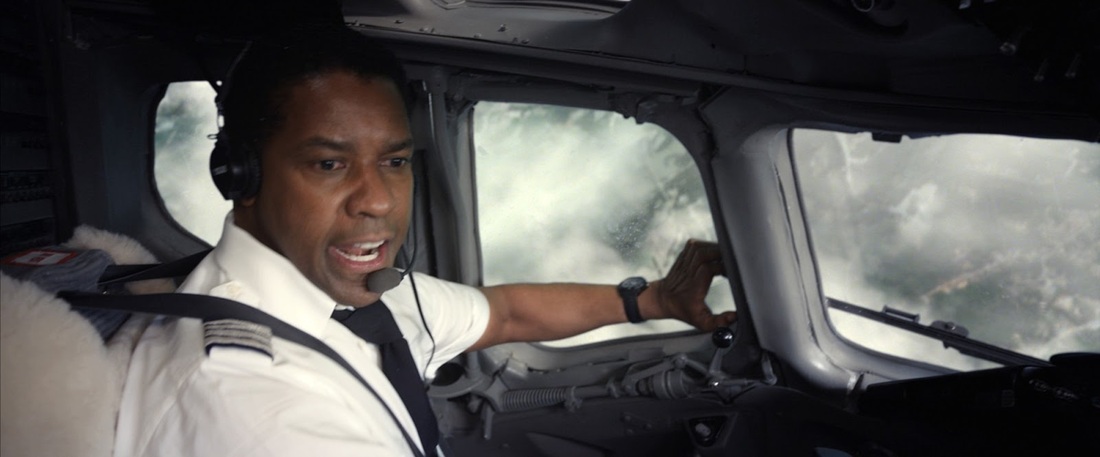


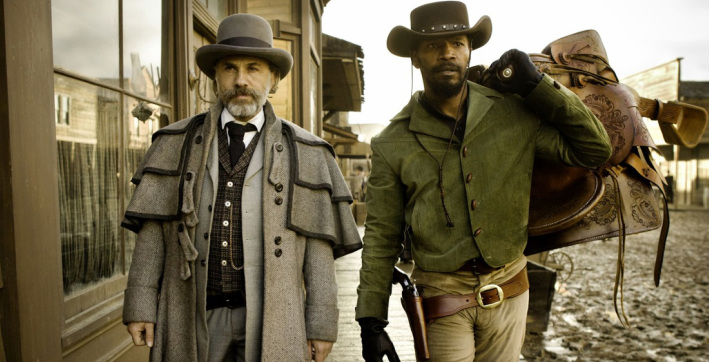
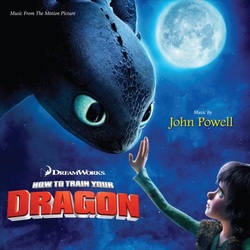
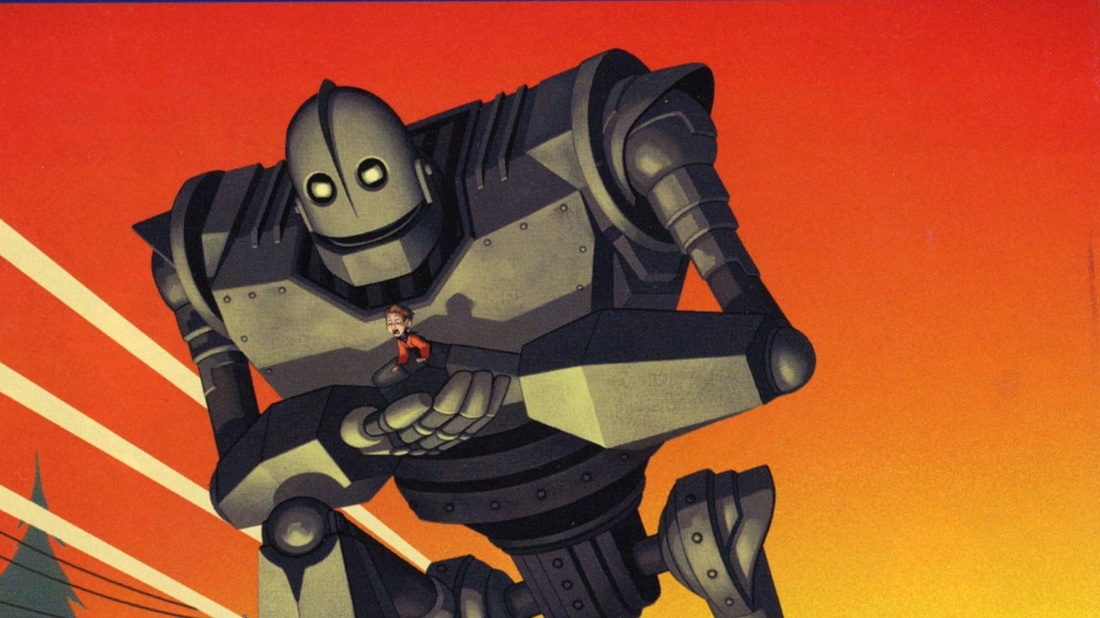

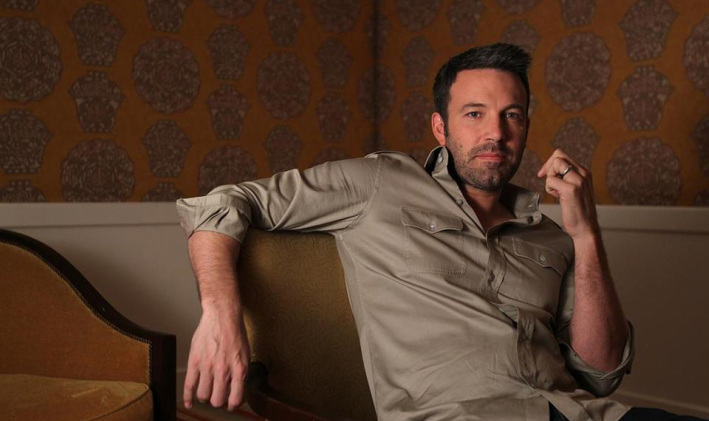
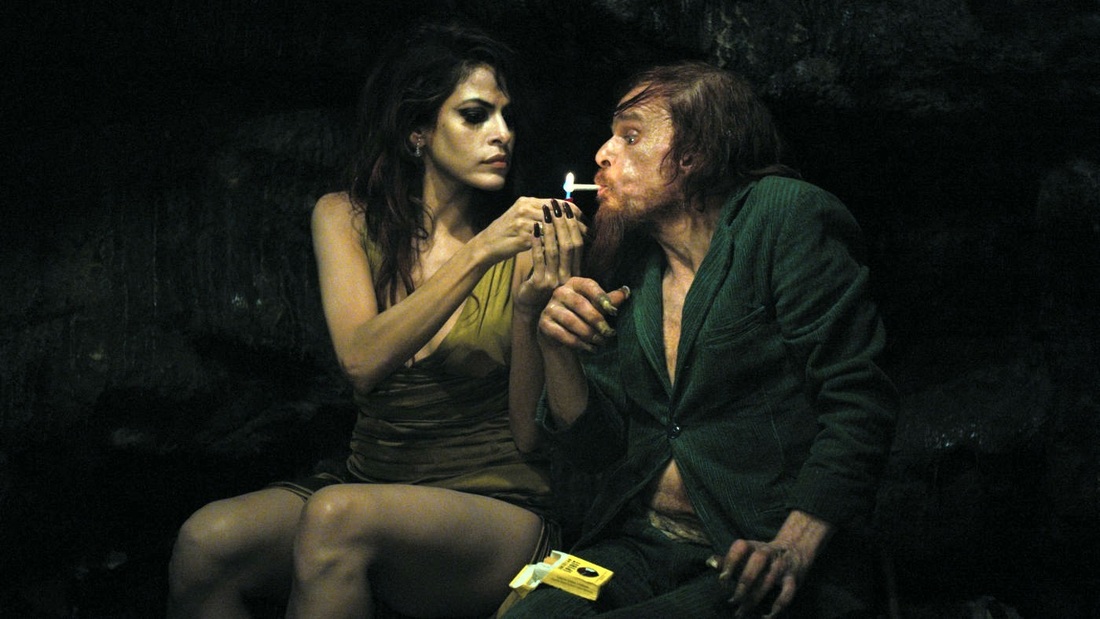
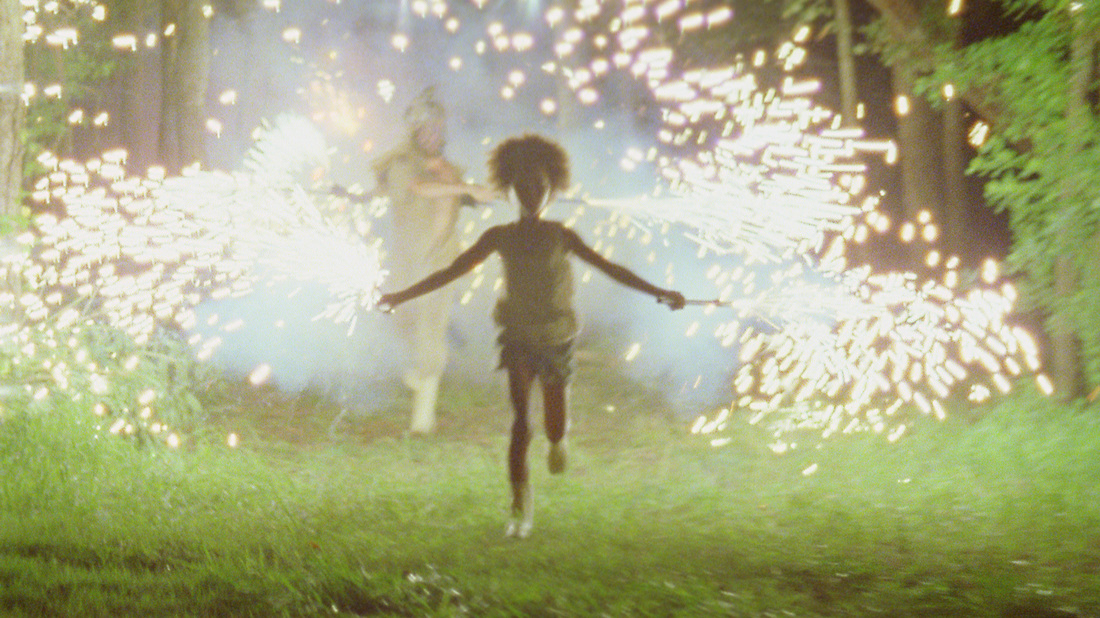
 RSS Feed
RSS Feed
